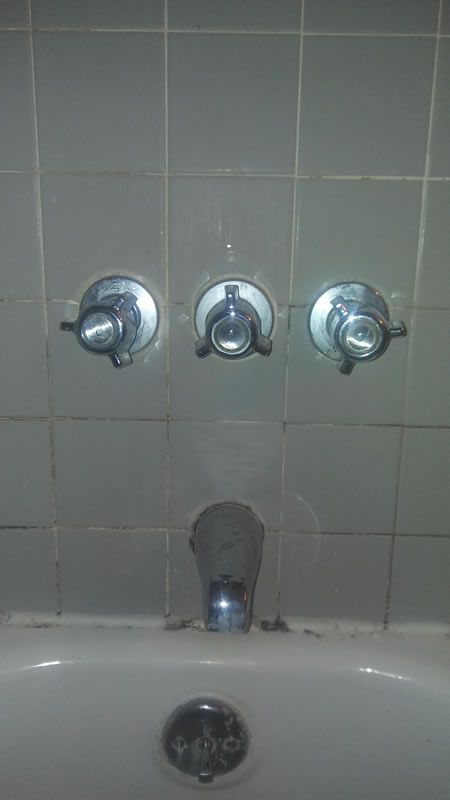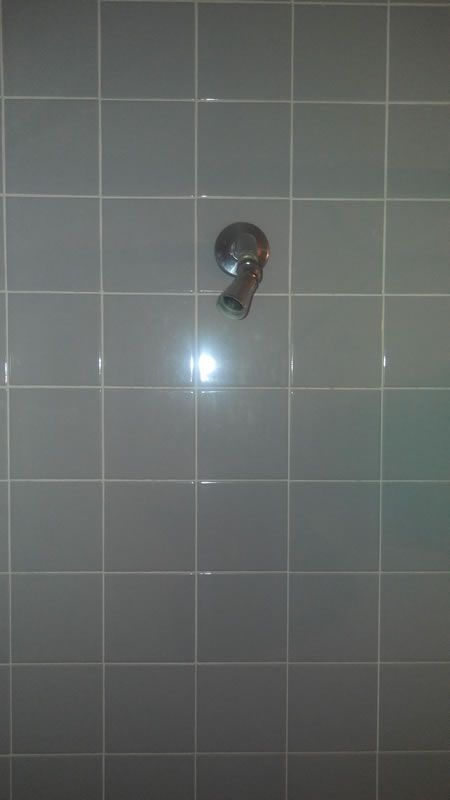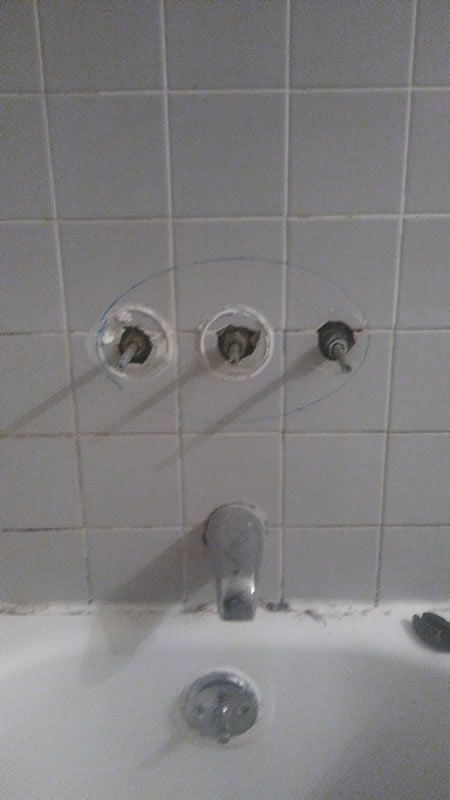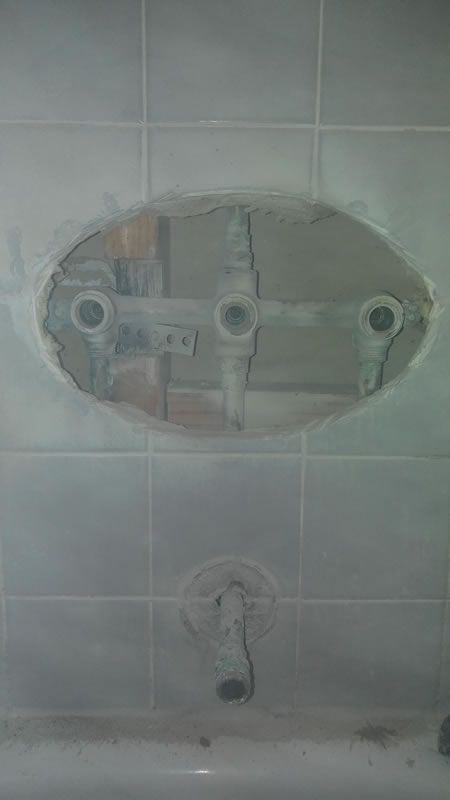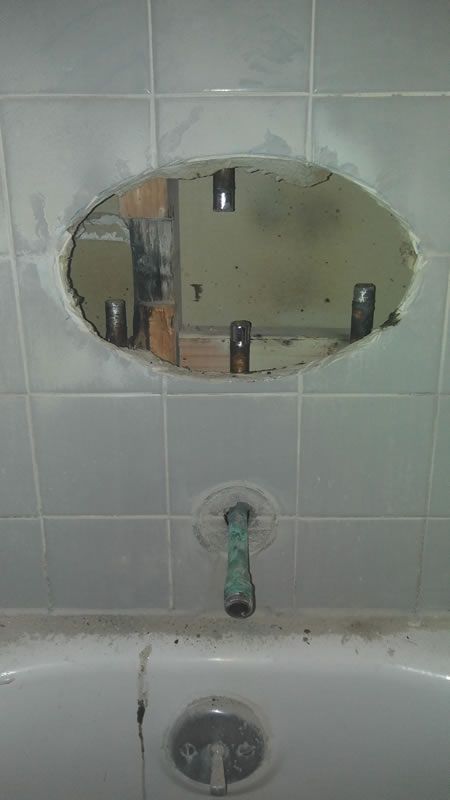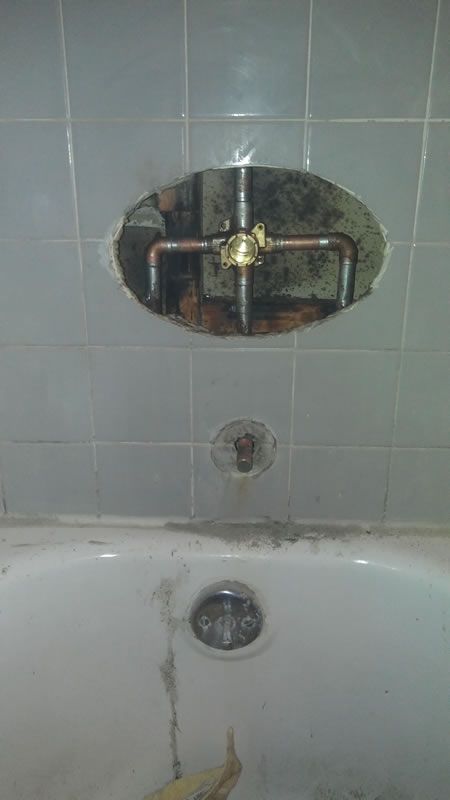3 Tips on Converting from Dual Handle to Single Handle Faucets
Whether you’re remodeling your kitchen or bathroom or just fixing a leaky faucet, you’re going to find a slew of choices when it comes to the faucet itself. You may be able to just replace a gasket to stop the leak, or you may need to call in a professional. If you opt to call a plumber to make a repair or install a new faucet, it may the perfect time to switch to a sleek, modern single-handle faucet.
Most older offices and homes in Raleigh have dual faucet systems. That’s because single-handle faucets weren’t even invented until 1947. Alfred Moen came up with the design after getting burned from a hot water tap at work one evening. Because of that accident, you have more choices.
DIY is Possible, But Unfriendly
It’s feasible for you to convert your current two-handle system on your own. Kits are available at plumbing supply outlets and even in the big-box stores. But it’s not a simple procedure. In addition to the conversion kit, you need special tools like a jigsaw and soldering torch. And you never know what you’re going to find behind the walls once you start making holes, especially if you’re dealing with older plumbing.
Experienced plumbers like the team at Midtown Plumbing not only perform the conversion cleanly and efficiently, they also can advise you on the brand, style and valve-replacement quality you need. You’ll appreciate that free advice once you start exploring the plethora of available options!
Why Make the Switch?
When your double or triple-handle sinks and showers have aged to the point that they’re no longer repairable, that’s the perfect time to convert. Small children, seniors and people with disabilities may find a single-handle system to be easier to manage than a double-handle faucet. Tiny, fragile or impaired hands often have difficulty grabbing and turning small objects.
As a result, single-handle faucets offer more than just an esthetic upgrade; they’re a functional upgrade as well. Single-handle systems tend to be safer, too. Other benefits of single-handle faucets include:
- More options and sleeker designs have been made available in recent years as they’ve become more popular. About 80 percent of homes now use single-handle faucets, so getting parts and service has never been easier.
- The technology has advanced to the extent that they provide nearly the same amount of water flow control as double-handle faucets.
- They typically are easier to use for everyone in your home or office.
- You only have to have one hole drilled in a tiled wall or countertop, so they’re easier to install.
Ask for Advice
Make sure you ask all your questions before the work begins. Single-handle faucets do have some drawbacks that your Midtown Plumbing professional can tell you about, such as:
- These faucets still don’t meet the level of temperature control you get with dual handles.
- When you have to fix a leak, you must turn off all the water locally, whereas with double handles, you can leave one side on so that you at least have running water.
- It may take practice until you find out the best position to get the desired temperature out of a single-handle faucet.
.2008181237550.png)


